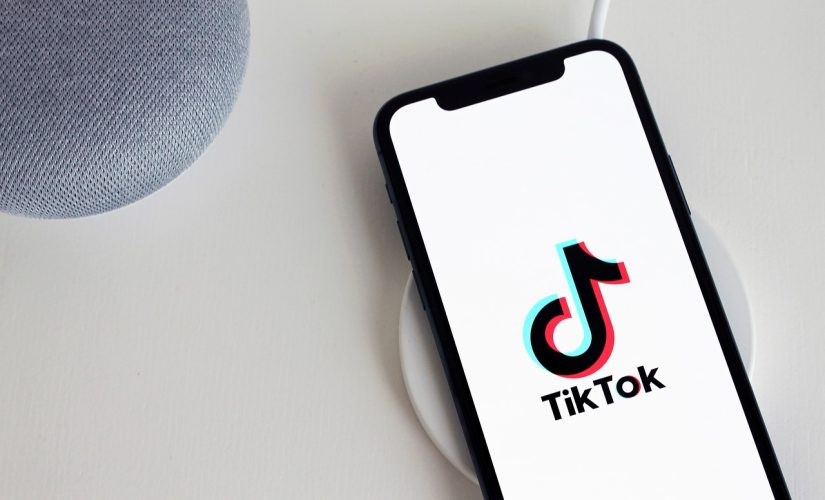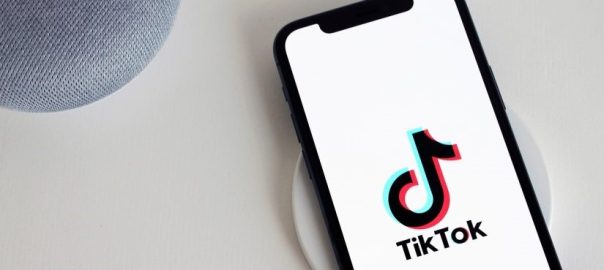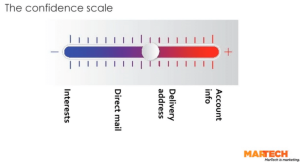WSJ study highlights youth exposure to conflict content on TikTok

In a revealing experiment by The Wall Street Journal, automated accounts posing as 13-year-olds on TikTok were inundated with polarizing and often extreme content related to the Israel-Gaza conflict. This investigation highlights the potent influence of TikTok’s algorithm, which curates a highly personalized feed based on user interactions.
The Wall Street Journal created several bot accounts registered as 13-year-olds to explore TikTok’s content curation. These bots, which only paused on TikTok videos about the Israel-Gaza conflict, quickly received a flood of related content. The algorithm served videos that were often polarized, supporting either pro-Palestinian or pro-Israel viewpoints, many of which stoked fear and depicted graphic scenarios.
Within hours, the bots were shown content that was highly polarized, with many videos promoting extreme viewpoints. The bots were served dozens of alarmist videos, with some predicting apocalyptic scenarios. A majority of the videos supported the Palestinian view, with many showing protests, suffering children, and descriptions of death.
TikTok’s response and policies
TikTok stated that the experiment does not reflect the real experiences of teenage users, as real users engage with the app differently, including liking, sharing, and searching for content. The platform also highlighted its efforts to remove millions of videos with harmful content.
This experiment raises significant concerns about the impact of TikTok’s algorithm on young users, especially in how it can quickly lead them down content rabbit holes. The exposure to such intense and polarized content at a young age can have profound effects on their understanding of complex global issues and their mental well-being.
TikTok offers family-control features that allow parents to filter content, but the experiment shows these may not be sufficient. Furthermore, the findings may attract regulatory scrutiny, considering the growing concern over the impact of social media on young minds.
The post WSJ study highlights youth exposure to conflict content on TikTok appeared first on ReadWrite.
(2)






